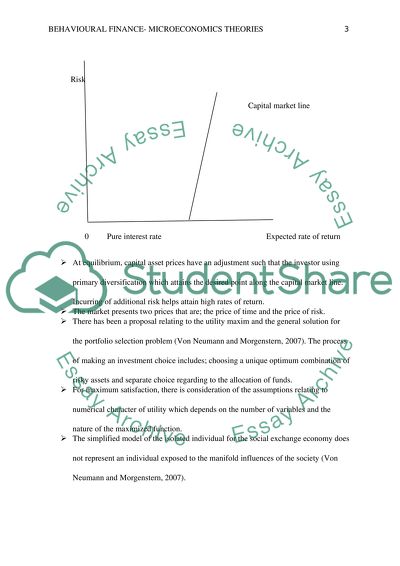Cite this document
(Behavioral Finance- Microeconomics Theories Literature review, n.d.)
Behavioral Finance- Microeconomics Theories Literature review. Retrieved from https://studentshare.org/finance-accounting/1601975-behavioural-finance
Behavioral Finance- Microeconomics Theories Literature review. Retrieved from https://studentshare.org/finance-accounting/1601975-behavioural-finance
(Behavioral Finance- Microeconomics Theories Literature Review)
Behavioral Finance- Microeconomics Theories Literature Review. https://studentshare.org/finance-accounting/1601975-behavioural-finance.
Behavioral Finance- Microeconomics Theories Literature Review. https://studentshare.org/finance-accounting/1601975-behavioural-finance.
“Behavioral Finance- Microeconomics Theories Literature Review”, n.d. https://studentshare.org/finance-accounting/1601975-behavioural-finance.


